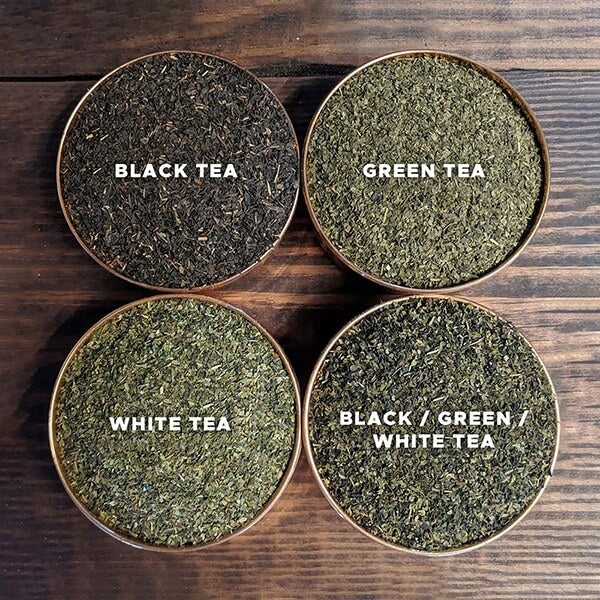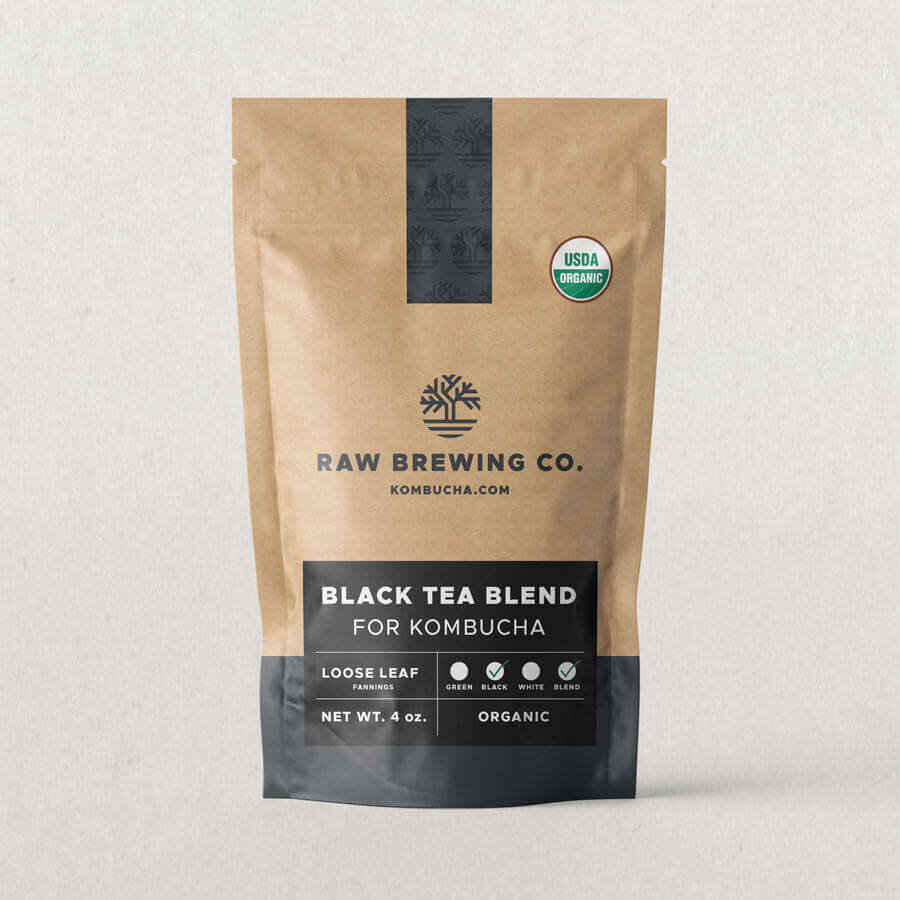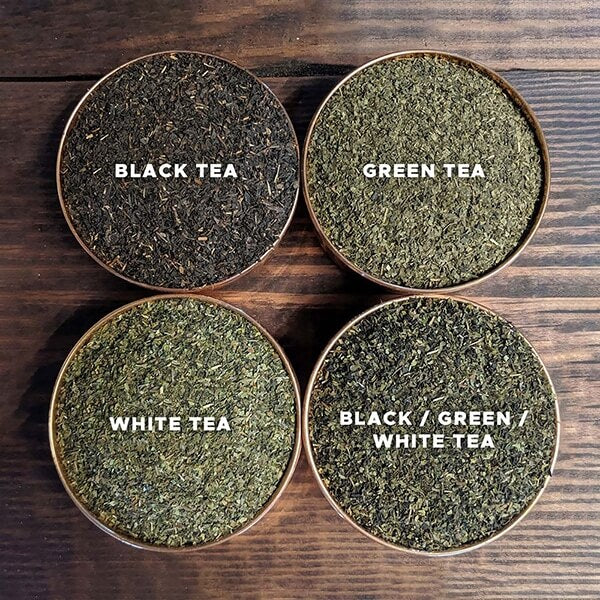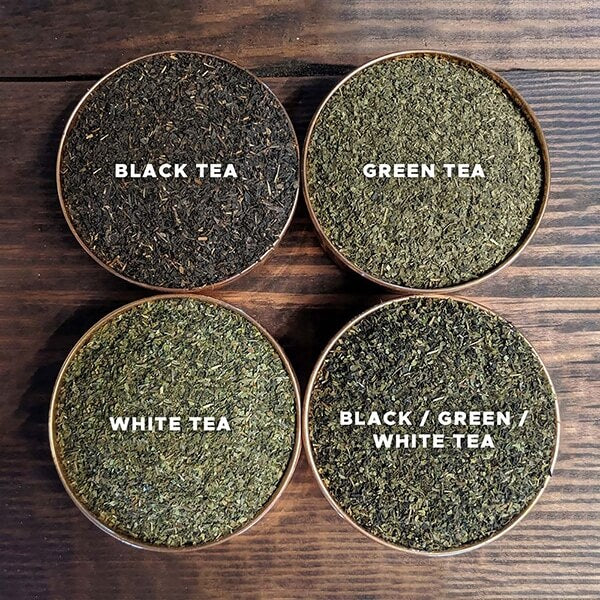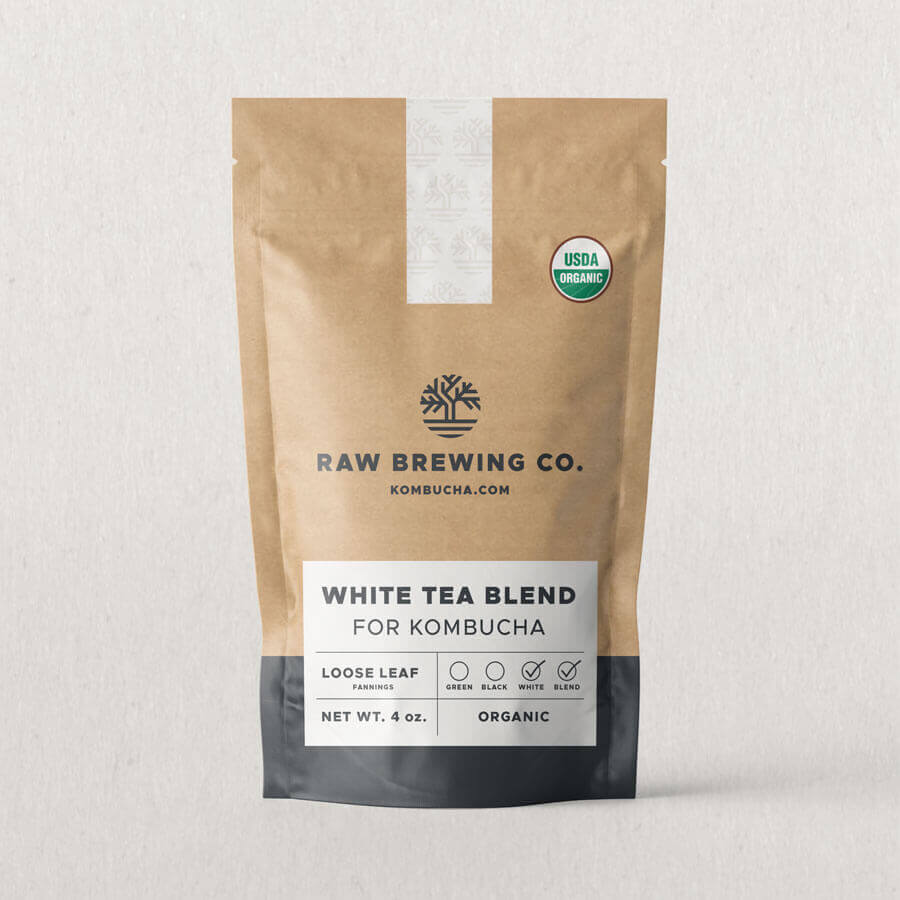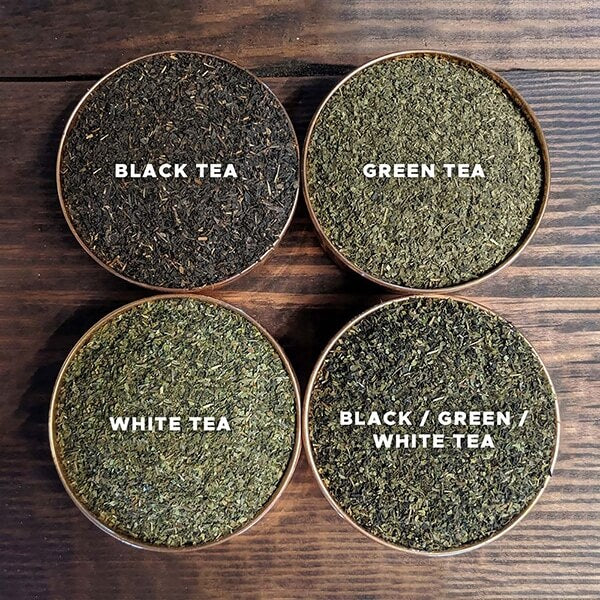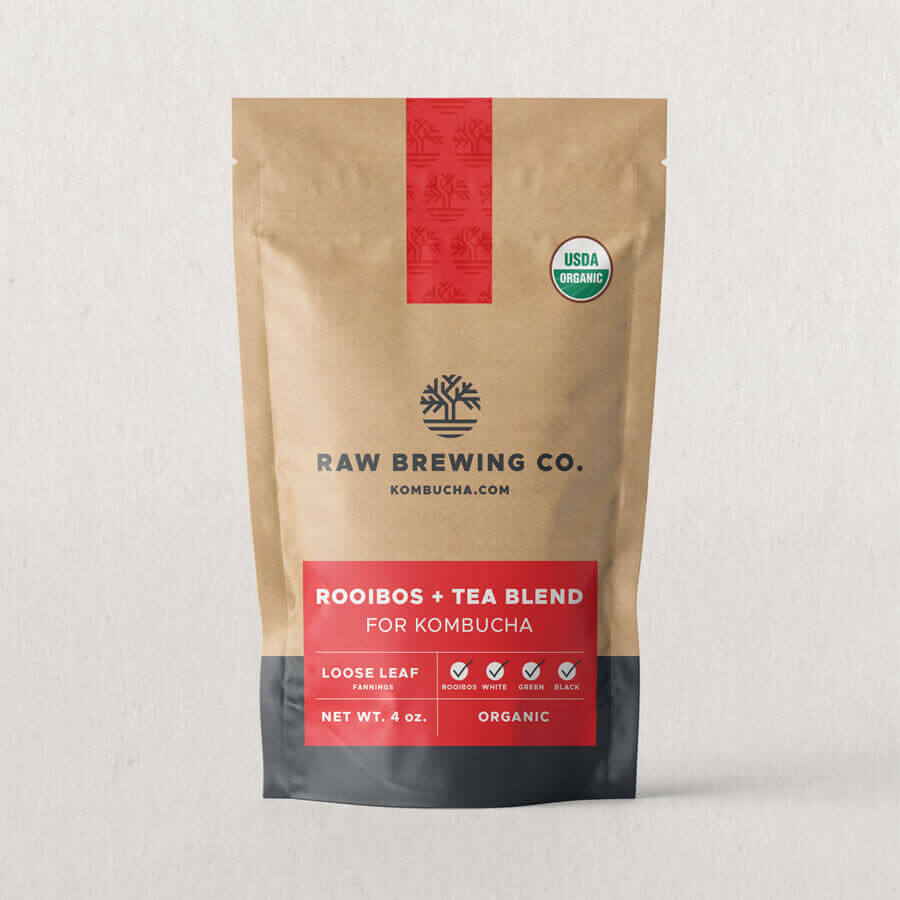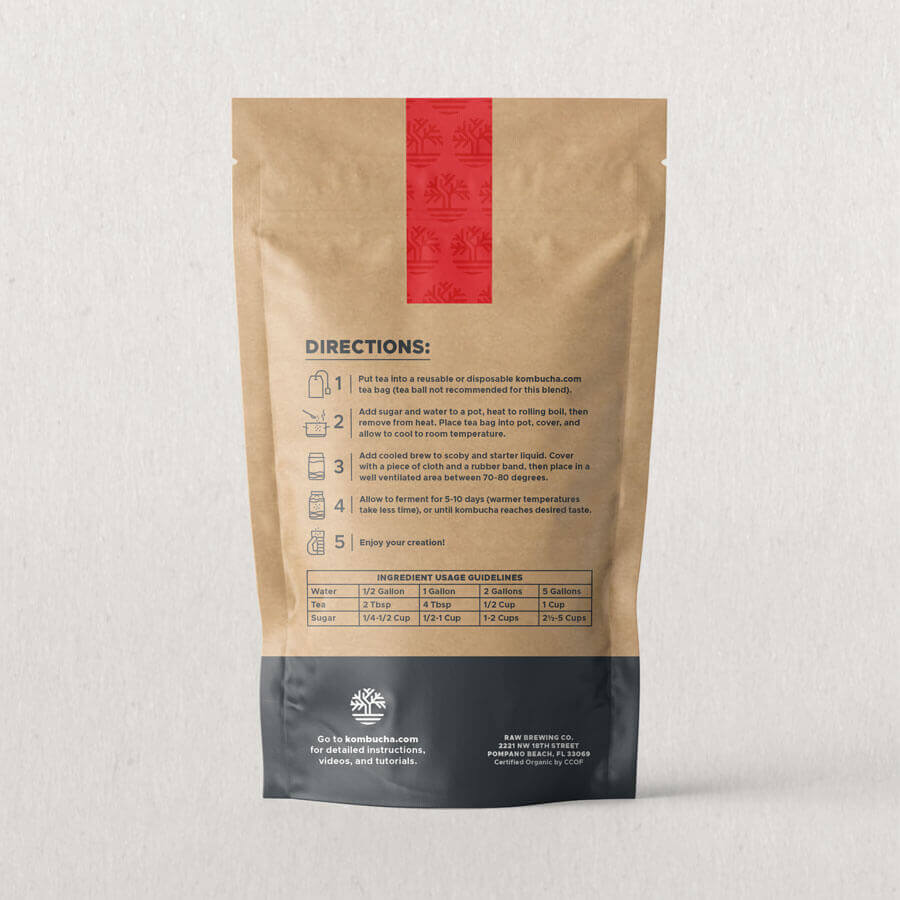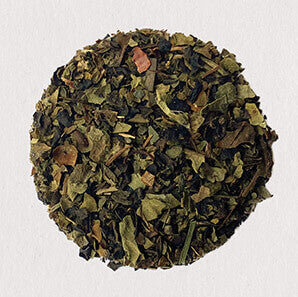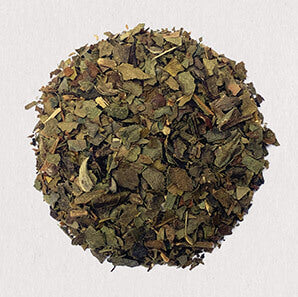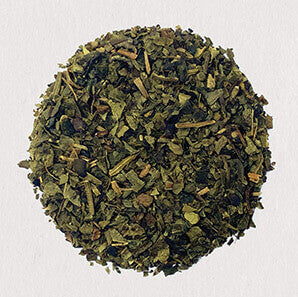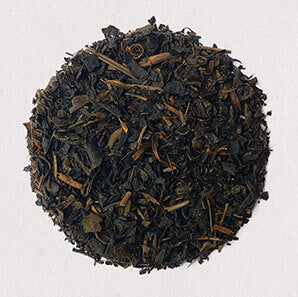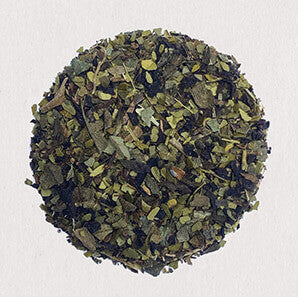ORGANIC TEA BLENDS FOR KOMBUCHA
View allOur fanning blends are the undisputed champs of kombucha brewing, and here's why:

- Superfood for a Super SCOBY:
Fannings, the small tea particles that fill tea-bags worldwide, have a secret power. Their surface area is exponentially larger than whole leaf tea, leading to a nutrient extraction rate that's off the charts. This means your SCOBY gets a nutrient-packed feast, not just a snack. It's like feeding your SCOBY a five-course meal instead of a fast-food snack.
- Flavor that Packs a Punch:
More nutrients for your SCOBY equals more kombucha goodness and a flavor that's out of this world. It's like turning up the volume on your favorite song - everything just gets better.
- Cost-Effective Kombucha:
Fannings are the budget-friendly choice for top-notch kombucha. They're less expensive than whole leaf teas, but don't skimp on quality. While different types of tea (white, black, green) can produce slightly different flavor profiles, we've found no noticeable difference between pricey whole-leaf teas and fannings. This isn't a tea party with the Queen - it's a feast for your SCOBY, and fannings are what your SCOBY craves!
We traveled the globe, braved the elements, and wrestled with the odd tea dragon to bring you the finest organic loose leaf teas for your booch brewing adventures.
We get these gems straight from the source, blend and pack them here in good ole USA, and then, like a booch-loving Robin Hood, we pass those juicy savings straight onto you. It's a win-win, baby!
|
16 oz. store-bought 
|
1 lb Organic Tea Blend |
1 lb Brew Booster
|
|
|---|---|---|---|
| Per 16 oz. | $3.99 | 6¢ | 27¢ |
| Per gallon | $31.92 | 50¢ | $2.14 |
Brewing kombucha at home is an easy way to reduce your environmental impact. Let’s go through the lifecycle of a bottle...
Be good to Mother – make more booch at home!



